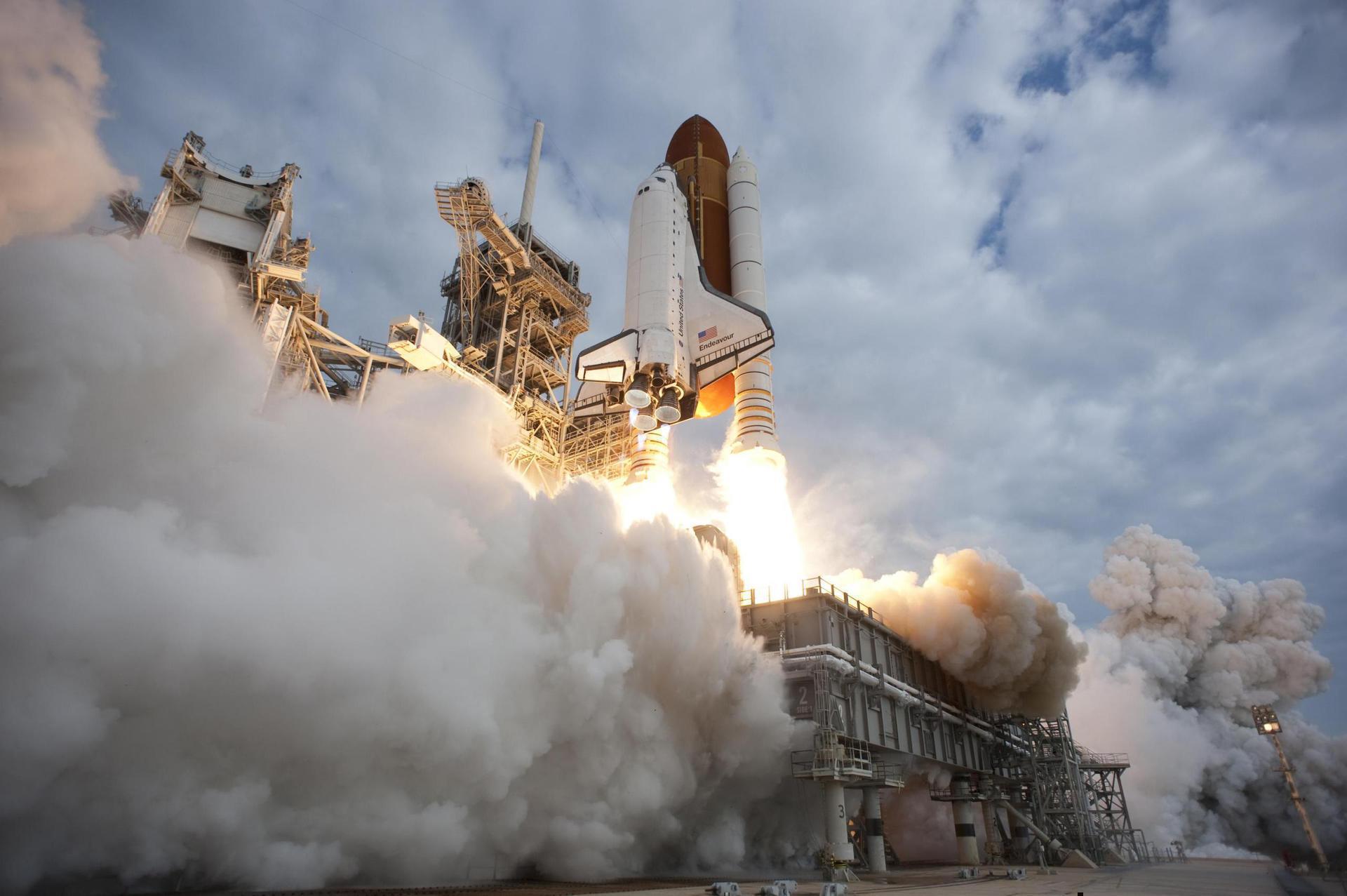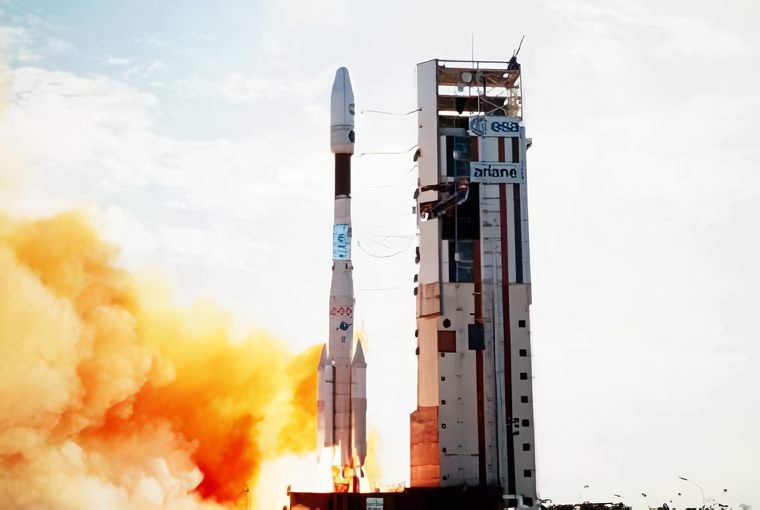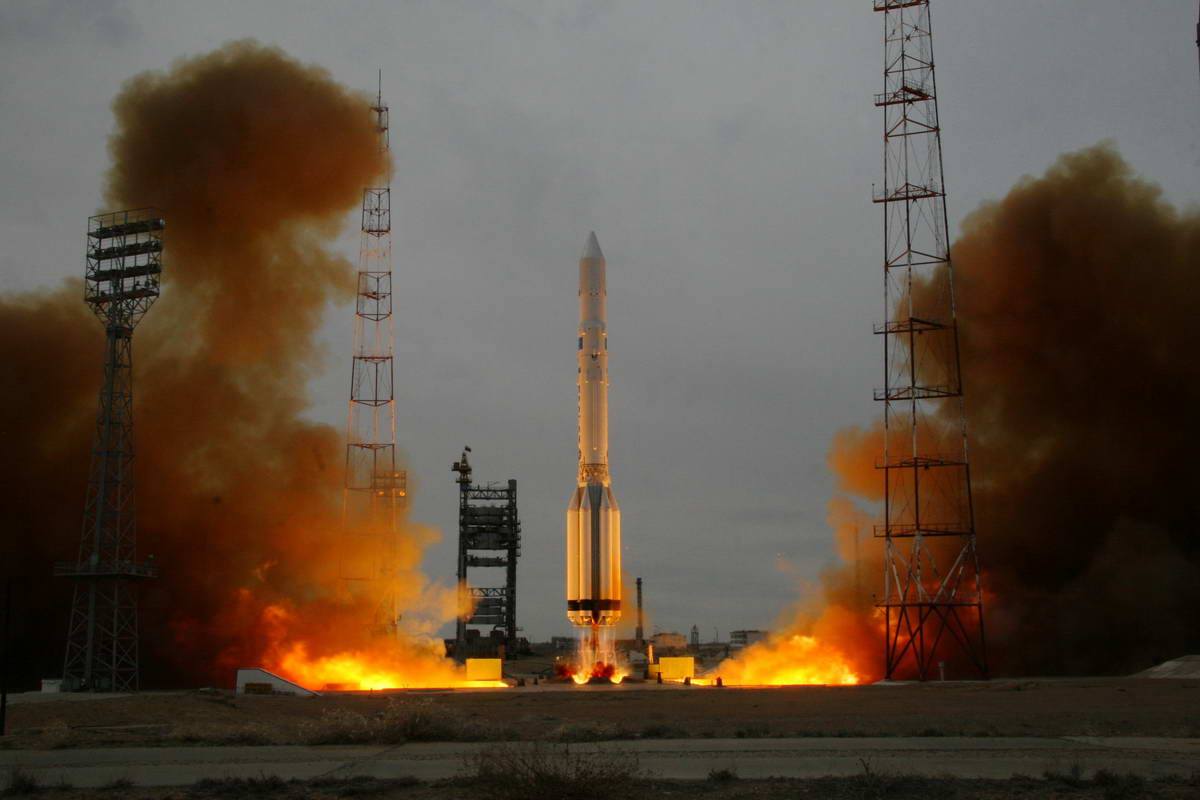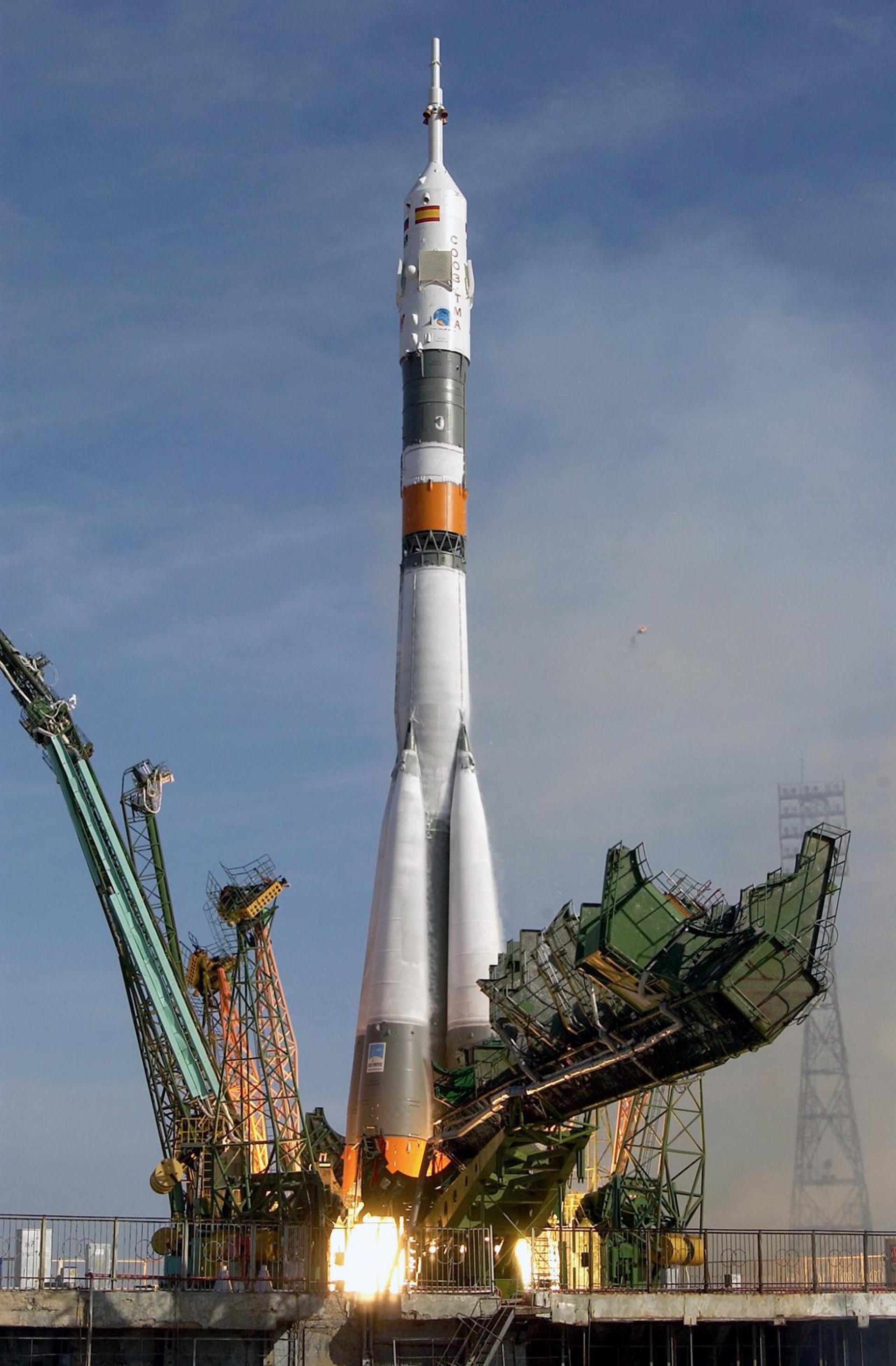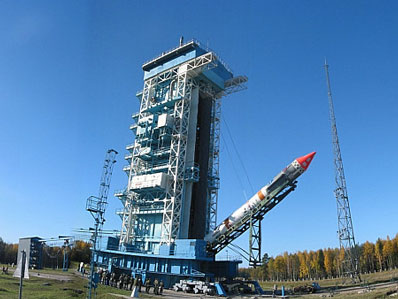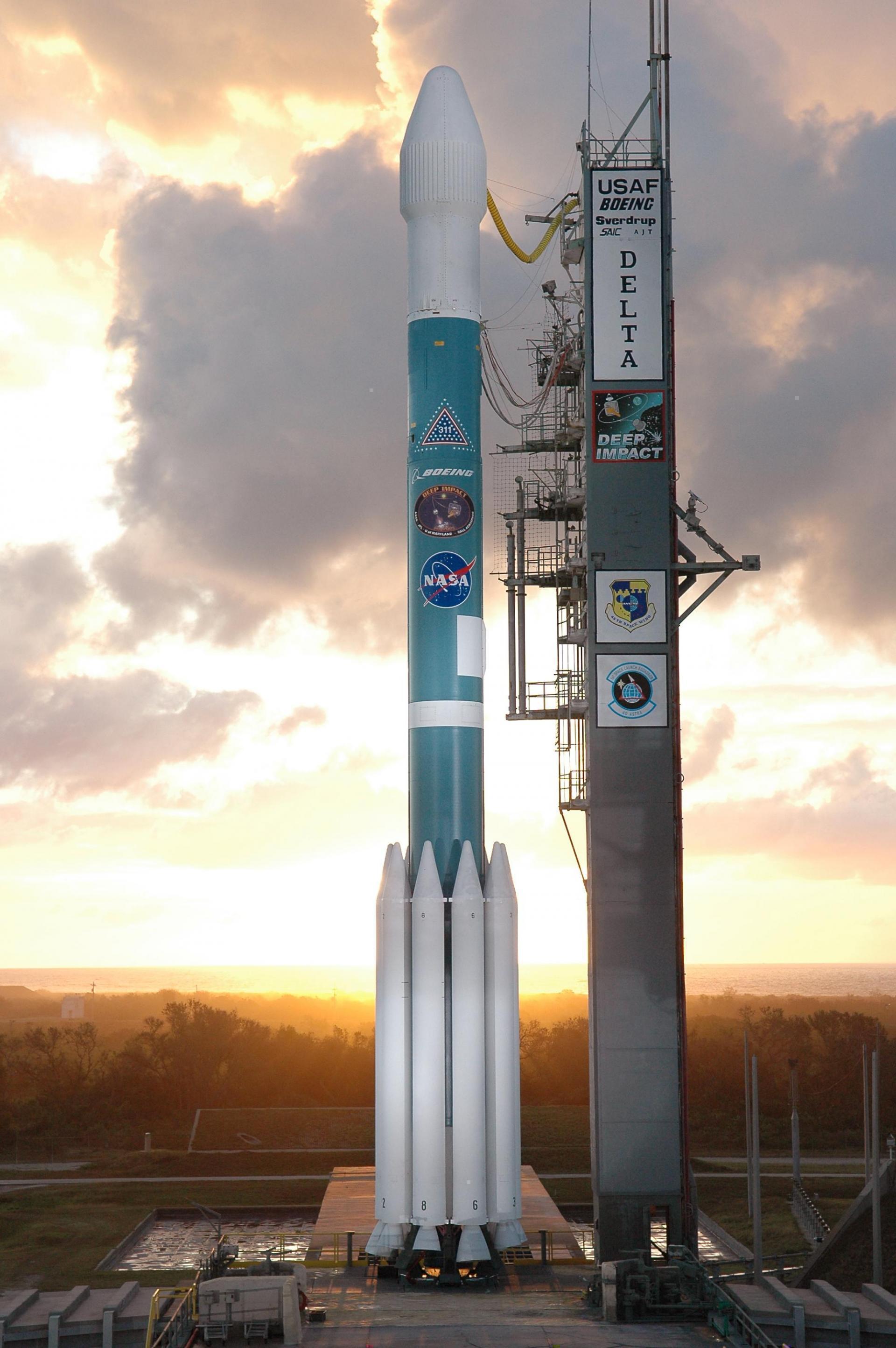Previous Spaceflight Launches
Filter by Agency, Locations or Vehicles
Show All LaunchesSpace Shuttle Endeavour / OV-105 | STS-61
National Aeronautics and Space Administration | United States of AmericaKennedy Space Center, FL, USA
Dec. 2, 1993, 9:27 a.m.
Status: Launch Successful
Mission:
STS-61 was the first Hubble Space Telescope servicing mission, and the fifth flight of the Space Shuttle Endeavour. The mission launched on 2 December 1993 from Kennedy Space Center in Florida. The mission restored the spaceborne observatory's vision, marred by spherical aberration, with the installation of a new main camera and a corrective optics package. This correction occurred more than three and a half years after the Hubble was launched aboard STS-31 in April 1990. The flight also brought instrument upgrades and new solar arrays to the telescope.
Low Earth OrbitAtlas II | DSCS-3 B10
Lockheed Martin | United States of AmericaCape Canaveral SFS, FL, USA
Nov. 28, 1993, 11:40 p.m.
Status: Launch Successful
Mission:
DSCS-3 (Defense Satellite Communications System 3) are geostationary communications satellites, which provide a robust anti-jam, nuclear hardened capability that supports Department of Defense (DoD) worldwide requirements, White House and Diplomatic communications. They are the follow-on generation of the DSCS-2 satellites.
Geostationary OrbitAriane 44LP | Solidaridad 1 & Meteosat 6
Aérospatiale | FranceGuiana Space Centre, French Guiana
Nov. 20, 1993, 1:17 a.m.
Status: Launch Successful
Mission:
When the Mexican government planned the implementation of a second-generation satellite system, it turned again to Hughes Space and Communications Company. The new pair of spacecraft is called Solidaridad, signifying the way satellite telecommunications are uniting the urban and remote parts of the country with one another and the rest of the world. These replace the two Hughes-built Morelos satellites, the first of which was retired in 1994 after nine years' service. The Solidaridad contract was signed in May 1991. The spacecraft are operated by the government agency Telecomunicaciones de Mexico (Telecomm).
Geostationary OrbitProton | Rimsat G1
Khrunichev State Research and Production Space Center | RussiaBaikonur Cosmodrome, Republic of Kazakhstan
Nov. 18, 1993, 1:54 p.m.
Status: Launch Successful
Mission:
The geostationary Gorizont satellites are part of the Russian YeSSS Unified Satellite Communication System. These satellites provided civilian and military telephone, telegraph, and facsimile communications services, in addition to relaying TV and radio broadcasts. Gorizont also supported maritime and international communications from 1988 as an element of the Okean system operating at 1.5 to 1.6 GHz. The Gorizont system occupies 10 position on the geostationary orbit.
Geostationary OrbitSoyuz U | Yantar-4KS1M 4
Russian Federal Space Agency (ROSCOSMOS) | RussiaBaikonur Cosmodrome, Republic of Kazakhstan
Nov. 5, 1993, 8:25 a.m.
Kosmos-3M | Parus 81
Russian Space Forces | RussiaPlesetsk Cosmodrome, Russian Federation
Nov. 2, 1993, 12:10 p.m.
Proton | Gorizont 28
Khrunichev State Research and Production Space Center | RussiaBaikonur Cosmodrome, Republic of Kazakhstan
Oct. 28, 1993, 3:17 p.m.
Delta II | GPS IIA-14
United Launch Alliance | United States of AmericaCape Canaveral SFS, FL, USA
Oct. 26, 1993, 5:04 p.m.
Kosmos-3M | Taifun-1B 13
Russian Space Forces | RussiaPlesetsk Cosmodrome, Russian Federation
Oct. 26, 1993, 1 p.m.
Ariane 44LP | INTELSAT 701
Aérospatiale | FranceGuiana Space Centre, French Guiana
Oct. 22, 1993, 6:46 a.m.
